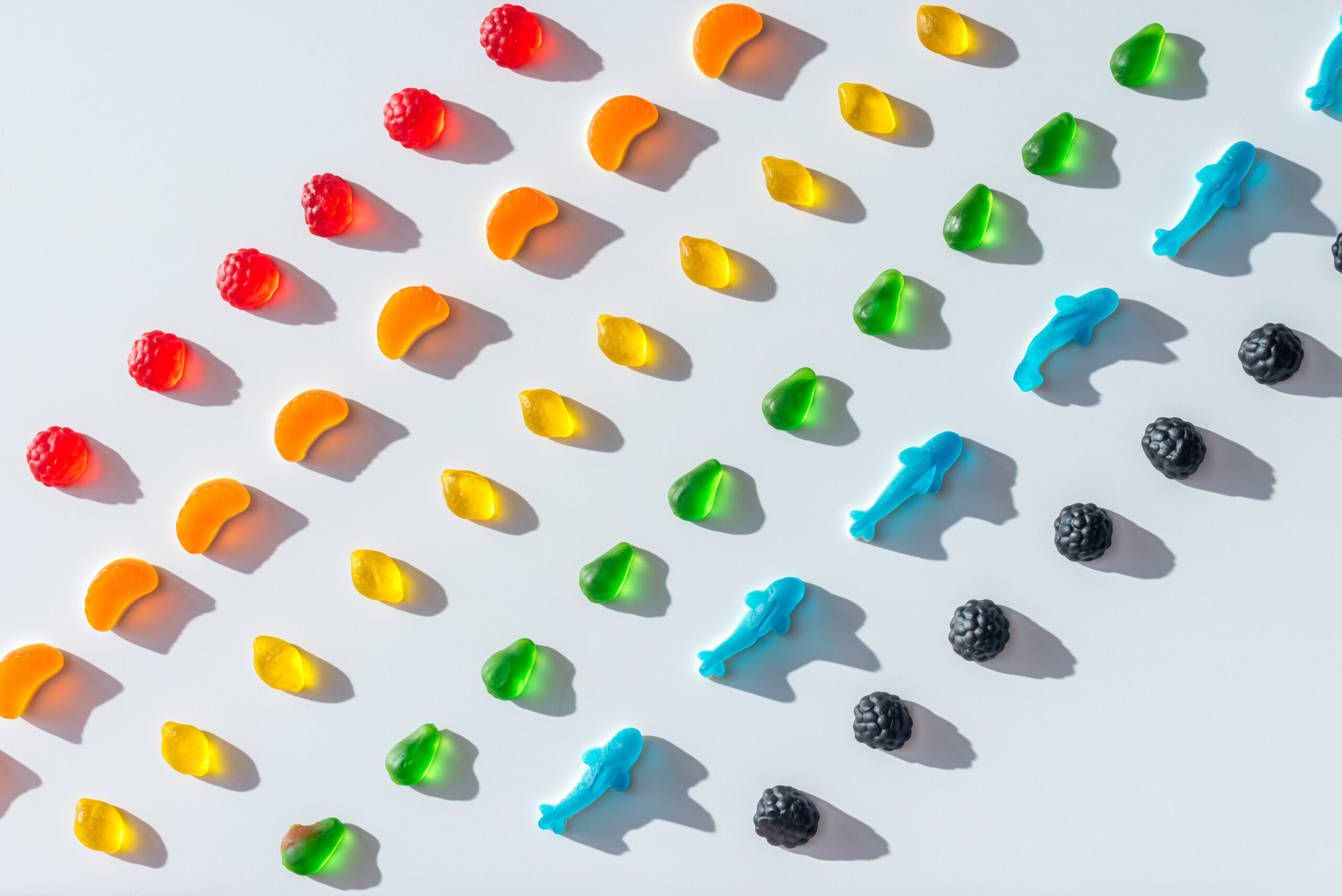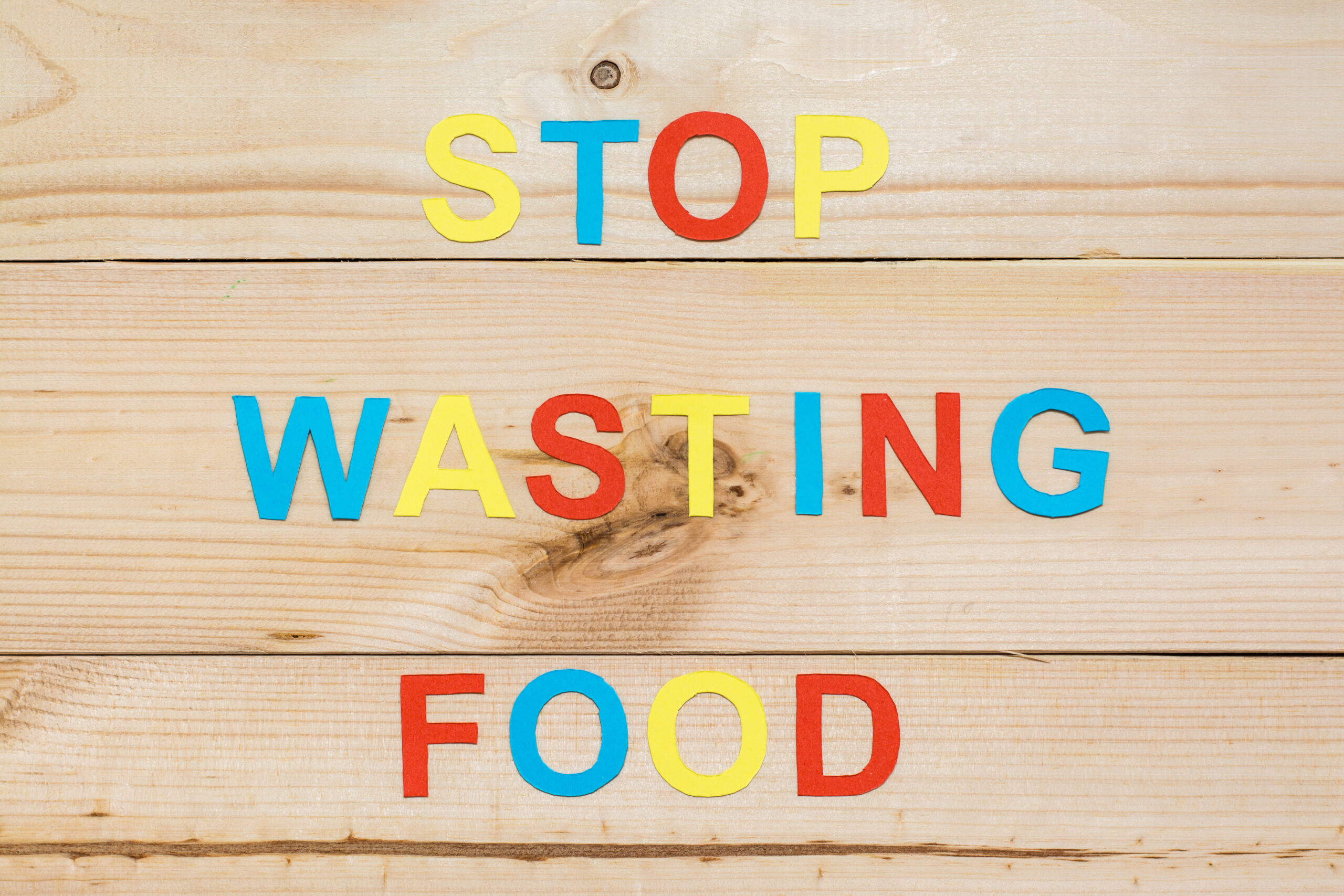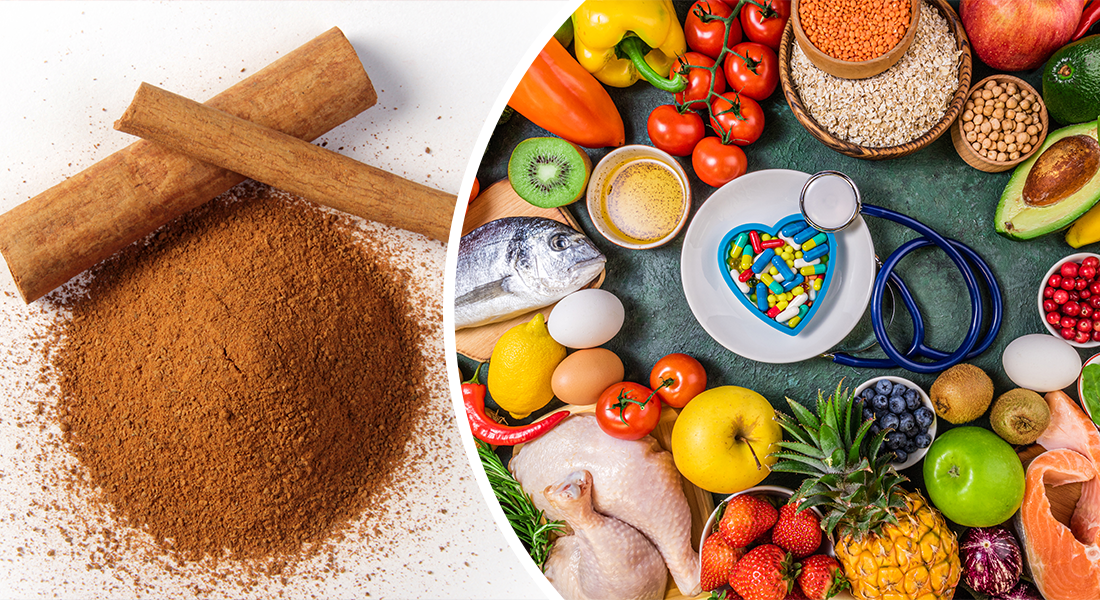AI (artificial intelligence) has transformed the food industry by automating tasks and making them more efficient. While the human touch remains important in all aspects of the industry, automation has enhanced the production process by reducing human error. Automation has also decreased costs for consumers and companies, reduced food waste and improved the safety of food products.
AI in the food industry is rapidly changing the way food manufacturers, restaurants and other businesses operate. And with the latest explosion of ChatGPT — an AI chatbot that is trained to follow an instruction in a prompt and provide a detailed response — we can expect AI to continue transforming significant portions of the food industry.
Before looking at the latest uses of ChatGPT, let’s look at some of the ways AI has changed the food industry in the past decade.
5 Examples of AI in the Food Industry
1. AI-Generated Recipes and Product Development
One of the most significant milestones for AI in the food industry was the application of IBM Watson’s AI for recipe creation and product development. After beating human contestants on Jeopardy, Watson would go on to create its own cookbook and eventually partner with brands like McCormick for flavor and food product development.
2. Food Robots
Over the past decade, we have seen a proliferation of AI-assisted food robots all across the supply chain. From food delivery robots and automated dishwashers to kitchen robots that automate almost all the components of standard fast-food meals, we’ve only just scratched the surface of what generative AI can do for all aspects of the food industry.
3. AI Phone-Answering and Ordering Systems
Wing chain Wingstop, for example, is using AI to create a virtual ordering assistant, which can answer multiple calls at the same time. Chains like Checkers, Del Taco, Domino’s and Panera are using similar technology. With automated phone answering and ordering systems in restaurants, AI uses machine learning to become wiser over time. After that, it can spot patterns and trends and base its decisions going forward on that knowledge.
4. Novel Food Discovery and Creation
In recent years, food and beverage startups have started using AI to accelerate discovery of novel food ingredients and plant-based recipes. For example, NotCo — a food tech company that produces plant-based alternatives to animal-based food products — based its entire roadmap around AI-generated recipes for its plant-forward lineup.
5. Computer Vision
Amazon’s Go Stores feature Just Walk Out technology powered by sensors and computer vision that allow shoppers to pick products off the shelves and walk out without going through checkout. After it launched, a series of retail startups powered by computer vision with no employees on site emerged to offer grocery and convenience store operators platforms to create more frictionless shopping.
Related: How Companies Can Protect Against a Food Cyber Attack
The Next Generation of AI: ChatGPT
Since it launched in December 2022, more than 100 million people have given ChatGPT a try. At first glance, the chatbot may not seem like it would have mainstream applications for the food industry, but a series of food businesses across the spectrum have started to incorporate its technology into everyday operations.
For starters, 67 percent of grocers say they’ve had senior-level meetings in which ChatGPT was discussed and 82 percent of grocers believe chatbots like ChatGPT will also improve customer service, followed by site search and product recommendations at 73 percent. Another 71 percent believe AI will be used as a tool for store associates.
While grocery stores are beginning to talk about using ChatGPT, some companies are already using it. For example, Unilever — the makers of Ben and Jerry’s, Hellmann’s and many other consumer packaged goods (CPGs) — recently developed “Alex,” powered by ChatGPT. Short for Alexander the Great, Alex filters emails in Unilever’s consumer engagement center, sorts spam messages and recommends responses to the company’s human agents.
Another ChatGPT-powered Unilever tool, Homer, leverages the AI bot to generate content. By taking a few details about a product, it generates an Amazon product listing with both short and long descriptions that match the brand’s tone. A further ChatGPT tool supports the Hellmann’s mayonnaise brand with the purpose of reducing food waste.
Meanwhile, Tastewise — an AI-powered market intelligence platform designed for the food and beverage industry — recently announced the launch of TasteGPT. This AI chatbot allows teams across food and beverage companies to access insights, making decisions and innovation faster than ever. TasteGPT can be used to find trending flavors, explore untapped opportunities and export ready-to-ship reports using conversational AI.
Even small, local food businesses have tapped into ChatGPT. Grain Bin Brewing Company, a brewery in northern Alberta, Canada, asked ChatGPT to decide the name, price, packaging and recipe for a new beer with the hope that the beer will become a conversation piece.
Although it remains to be seen whether this beer and other ChatGPT-generated products will be commercially successful, it’s clear that ChatGPT and AI in the food industry is increasingly being used to create unique products and enhance the customer experience.












Join or login to leave a comment
JOIN LOGIN